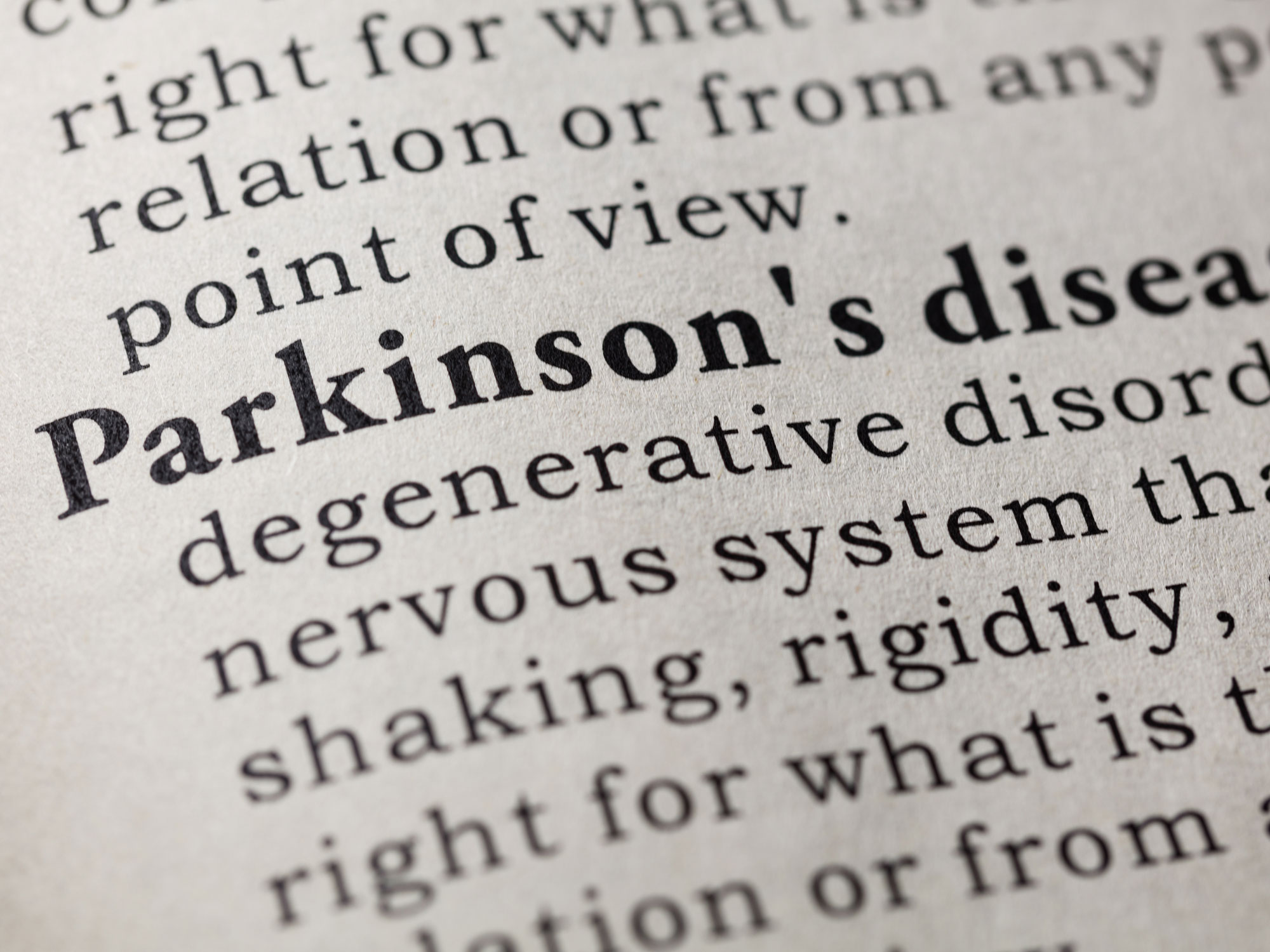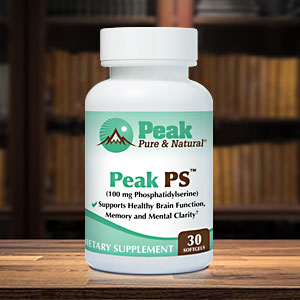Get Easy Health Digest™ in your inbox and don’t miss a thing when you subscribe today. Plus, get the free bonus report, Mother Nature’s Tips, Tricks and Remedies for Cholesterol, Blood Pressure & Blood Sugar as my way of saying welcome to the community!
The healthy habit pushing a Parkinson’s pandemic

Humankind has faced a lot of pandemics in our 200,000 years on earth — plague, smallpox, polio, influenza.
Luckily, we’ve obliterated many of these devastating diseases. But keeping disease pandemics in check is a constant battle. We slay one viral or bacterial bogeyman and another one pops up to threaten our survival.
But the latest pandemic monster creeping around our collective backdoor isn’t a contagious virus or bacteria. It’s a chronic disease tied to our modern environment and lifestyle…
Parkinson’s disease (PD).
3 factors fueling a potential Parkinson’s pandemic
Parkinson’s disease used to be rare. But neurological disorders are growing at an alarming pace and none as quickly as Parkinson’s.
Since 1990, the number of people with Parkinson’s more than doubled. There are now more than six million people with the disease, and that number is expected to double again in the next 20 years. It will reach pandemic proportions by 2040 according to a new scientific analysis published in the Journal of Parkinson’s Disease.
Why are Parkinson’s rates rising so significantly?
That’s a good question… with a complicated answer.
It’s partly due to age. The risk of Parkinson’s rises with age. And people are living longer than ever. So, of course, there will be more Parkinson’s. But the threat of a Parkinson’s pandemic goes beyond just a graying population…
Environmental toxins like pesticides, solvents, and heavy metals are all linked to an increased risk of Parkinson’s too. And the researchers who conducted this latest investigation into rising Parkinson’s rates admit they play a large part in the problem since they saturate our modern landscape. But there’s more to the story than even that…
There’s a factor driving this Parkinson’s pandemic that’s far less predictable. In fact, I bet you wouldn’t guess this even if something precious was on the line — like your house, or a million dollars or your beloved family pet. I know I wouldn’t.
The factor is not smoking.
That’s right. Not smoking puts you at risk for Parkinson’s disease.
As you know, fewer and fewer people are smoking nowadays. And even though smoking raises your risk for pretty much every other chronic disease, it has a surprisingly protective effect when it comes to Parkinson’s. In fact, smokers have a 40 percent lower risk of developing the disease.
Now, you’re obviously not going to start smoking to protect yourself from the Parkinson’s pandemic. That would be like jumping in front of a train to avoid getting hit by a car.
So, what should you do to keep yourself from succumbing to Parkinson’s in the coming years?
The Parkinson’s pandemic is preventable
At the end of this latest investigation into rising Parkinson’s rates, researchers left us with a little hope.
“The PD pandemic is preventable, not inevitable,” they said.
Related: Natural therapies for brain health and Parkinson’s
And they’re right. Research shows there are effective ways to lower your Parkinson’s risk (without picking up a pack of smokes from the 7-Eleven), like:
- Reducing your exposure to herbicides and pesticides. I have an uncle who owned his own landscaping company for decades. Being in the landscaping industry exposed him to a lot of pesticides and he eventually developed Parkinson’s. Now, I know this is just an anecdotal story, but research shows that people exposed to high levels of pesticides (including landscapers like my uncle and farmers) have a higher Parkinson’s risk. So, cut down your exposure to these chemicals however possible. That includes buying organic food and finding safer ways to care for your lawn and garden.
- Exercising. I suggest exercise for the prevention of almost every chronic disease because scientific support is so strong. And the same is true for Parkinson’s. Research shows that people who exercise in their 30s and 40s have a 30 percent lower risk of getting the disease. Even people who already have Parkinson’s benefit from exercise. It can help them maintain their strength and mobility longer. Plus, aerobic exercise causes the heart to beat faster, which improves blood flow to the brain and protects brain tissue from Parkinson’s-related damage.
- Eat Parkinson’s preventing foods. I already mentioned that smoking reduces the risk of Parkinson’s. Well, the tobacco plant is a member of the nightshade family. And it turns out another popular nightshade — the sweet pepper — has a preventative effect on Parkinson’s too. People who eat more peppers have a lower risk of the disease. Other foods with a proven ability to lower Parkinson’s risk include berries, apples, oranges, fish and green tea. Sounds like the Mediterranean diet to me!
Editor’s note: Are you feeling unusually tired? You may think this is normal aging, but the problem could be your master hormone. When it’s not working, your risk of age-related diseases skyrockets. To reset what many call “the trigger for all disease” and live better, longer, click here to discover The Insulin Factor: How to Repair Your Body’s Master Controller and Conquer Chronic Disease!
Sources:
- Emerging evidence of an impending Parkinson’s disease pandemic identified— MedicalXpress
- The Emerging Evidence of the Parkinson’s Pandemic— Journal of Parkinson’s Disease
- Parkinson’s disease— Mayo Clinic
- Parkinson’s Disease and Pesticides: What’s the Connection?— Scientific American
- Exercise helps prevent, fight Parkinson’s disease, from the Harvard Health Letter— Harvard Health Publishing
- Implication of Green Tea as a Possible Therapeutic Approach for Parkinson Disease— CNS and Neurological Disorder Drug Targets
- Can Peppers Prevent Parkinson’s Disease?— Cleveland Clinic













